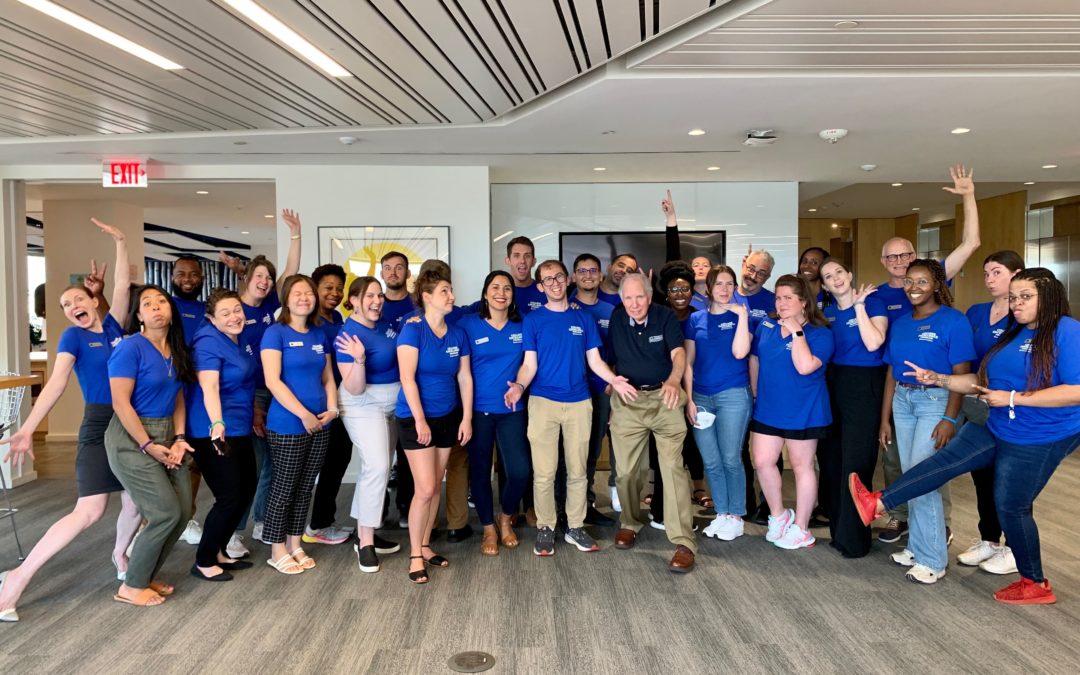Social movements can sometimes resemble one of those large abstract expressionist paintings that looks like someone spontaneously dipped their brush in paint and, in a fit of passion, threw it at a canvas. On the surface, once they gain widespread awareness and momentum, it can seem almost impromptu. Social media can especially exaggerate this effect. Saturated with colorful infographics and bold sound bites, social media platforms encourage us to interpret radical long-term movements as random and passionate strokes of transformative change, rather than the culmination of deliberate and strategic actions that they are.
I think we have all experienced the galvanizing effects of social media. At the height of the popularity of the #BlackLivesMatter movement in 2020, I felt like for the first time in my life, everyone was just as invigorated and moved to address racial injustice in America as I was.
The Internet, however, is finicky. Movements on social media seemingly die down as quickly as they spring up. At their peak, they leave people touched and inspired, but rarely do they call people to action.
One of the biggest questions I had at the beginning of the Fellowship was how can public interest communications push people to walk away from messaging, especially through media, not only changed but also moved to act in sustained and meaningful ways?
Part of the answer, I have discovered, is that it takes much more than clever messaging to sustain change. During my internship with the College Excellence Program (CEP) at the Aspen Institute, I have had the opportunity to witness how media can be a more effective vehicle for social change when it supplements careful, ongoing work and emphasizes action-oriented solutions.
CEP’s mission of supporting leaders in delivering educational equity and expanding opportunities for under-resourced students is personal to me. I, like so many of my peers, have felt like my university was not built with me in mind. The reality is that the majority of institutions of higher education in this country, like so many other institutions, were created with white, male, cis-gender, able-bodied persons in mind. However, that no longer represents the demographics these institutions serve and it hasn’t been for a long time. Colleges and universities have vastly different demographics to listen to and answer to now. But many still fail to challenge and uproot structures that create significant barriers for students.
One project that I have gotten a chance to partake in aims to address this inaction is the Aspen Prize for Community College Excellence. The Prize is awarded to community colleges that achieve exceptional levels of success for under-resourced students and students of color. Much of the heavy lifting for the Prize is done through an intentional data-driven process over the course of two years, but the Semi-Finalists and Finalists are announced mid-way through the selection process.
In the few weeks that I have spent with CEP, I have helped put together a recap of the media and social coverage of the Semi-Finalist and Finalist announcements for the Prize. This included compiling stats and creating graphics to highlight the success of the #AspenPrize hashtag for funders. Ultimately, this recap came together in the form of a presentation that tells a compelling story to people, more specifically: college leaders and administrators. The engagement we received for the announcements reflected just how effective the Prize has been in encouraging community colleges to be more accountable in serving the needs of all their students.
My other tasks during my internship have ranged from drafting social copy highlighting CEP’s ongoing initiatives to putting together an internal newsletter that spotlights staff members and provides key updates on important projects.
For me, one of the most important parts of my experience so far has been using communications to strategically uplift and supplement the meaningful action taking place at CEP. While the reward might not be as instantly gratifying as posting a viral Tweet, this thoughtful approach paves the way for lasting social change and reinforces the sentiment that implementing solutions takes a willingness to play the long game.

